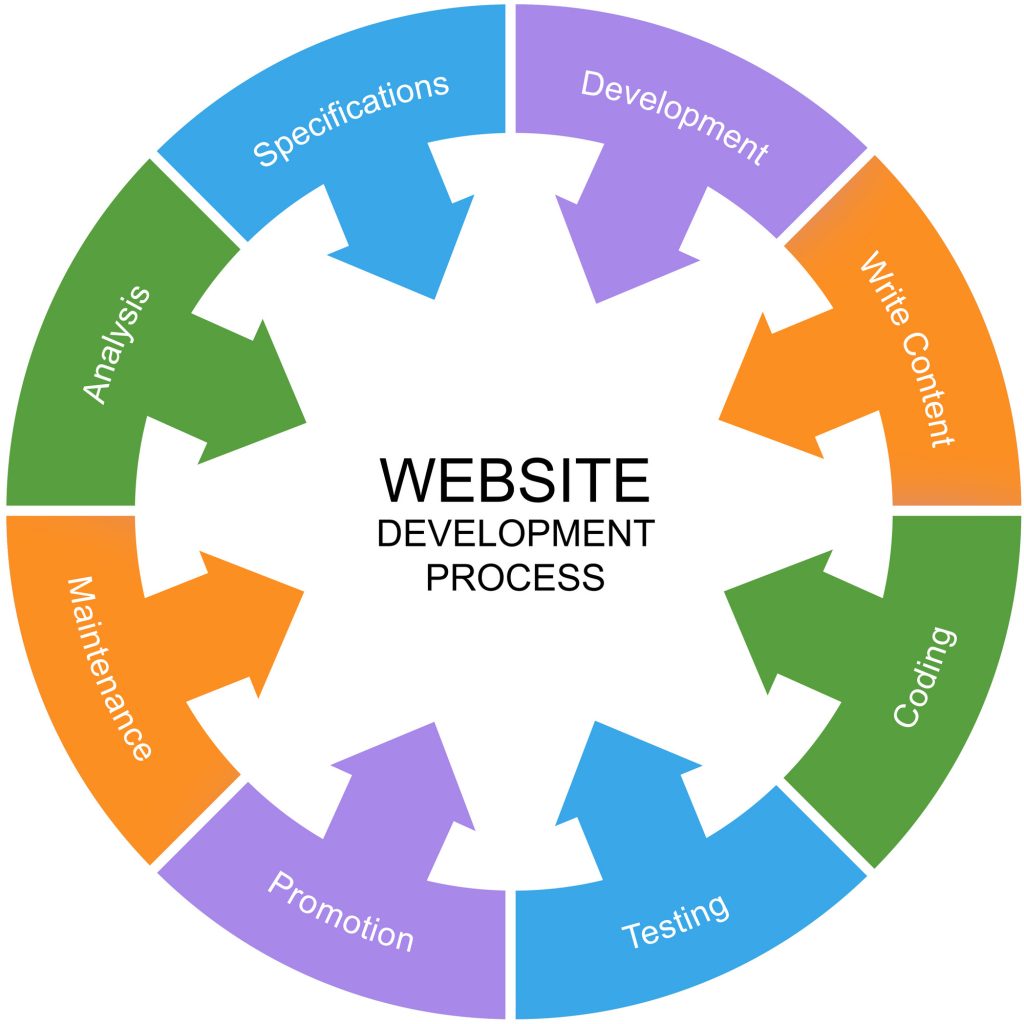 Web design and development are a booming industry these days, and related jobs are plentiful.
Web design and development are a booming industry these days, and related jobs are plentiful.
But creating a routine to regularly build and deploy websites is hard, and can take years of experience.
Never fear, however, that’s why we’ve written this guide just for you!
In this post, we’ll help you outline your development practice and build your perfect website development process. So let’s take a look.
The Website Development Process Template
For this guide, we’re going to give you a customisable step-by-step template. We’ll go over what you should be aiming to achieve each step, and what each part of the website development process should include.
The best part about this is that it is just a template. Feel free to customise steps and add new ones in a way that complements your workflow!
No person works exactly the same as the other, so do what’s most effective for you.
1. Generate Client Ideas
The first part of every website development process should be to get ideas from and for your client.
This should include some basic info and features on the website, so ask some of the following questions for each section of the site information:
- Naming and Branding:What domain names and SEO keywords fit with the company? Are you using a title text or a business logo on your homepage?
- Pages and Content:How many pages does the client think are needed? What should be included on each page?Do you need photos, video, or other media? Who will provide this?
- The Basic Product:What does the client absolutely need for a deployable MVP? (Payment Methods, Web Forms, Etc.)What features can be implemented later?
- Competition:What design approach are competitors taking on their web-design?What features do they included are needed or unnecessary?
What Social Media are they linking to and leveraging?
- Design:What should basic page-layout look like? (Side-bars vs. Minimalism etc.)Where should the navigation be?
How will you implement Responsive Design principles?
The Benefits of Asking These Questions
This may seem like a lot to go over, but each question is very important.
Not only does answering each question give you ideas to build upon, but also helps you plan out how you’re going to build upon them.
On top of that, it also gives you a clear picture of what the client expects from you and the website itself.
So be sure to cover these topics!
2. Mockups and Media
After getting your ideas and plans in place, it’s time to start the prototyping stage of the website development process.
First things first, you should help your client register any needed domain names and choose appropriate hosting for the website itself.
Next, get started building any needed behind-the-scenes infrastructure, like databases, file setups, needed frameworks/libraries etc.
You should also start making mock-ups and templates of the design for the Front-En of the page itself.
This includes getting any necessary media from the client.
3. Get Feedback Throughout The Job
It should be noted that your website development process should include getting feedback from your clients.
See what they think of your progress and approach, tweak any parts of the design to better suit their needs, and so one. While getting feedback, also try and develop an SEO plan for the website.
We mentioned defining keywords before, but for a more detailed look at SEO principles see our tutorial here.
All-in-all you want to keep both sides of this agreement as informed as possible. You should know what the client wants and expects, and the client should know how you’re progressing and doing with their website.
4. Develop and Design
Now comes the real heavy lifting part of the website development process, diving deep into getting the site up-and-running.
Here you should finish up and perfect any inner-workings on the server side and back-end of the website.
Make sure that your files are well organized, minified where needed or necessary, and that each part of the website is functioning as intended.
Then, get to work implementing the client-approved design:
Adjust the design as needed to the web, incorporate any needed responsiveness, and make sure it all reacts to user interaction properly.
Finally, you should link up your front-end with your server mechanics so that it all works as one stellar website.
5. Deployment
For some of you, the last step will be the last bits you do before handing it back over to the client. However, if you’ve agreed to deploy the server as well, you have a bit more work ahead.
Now is the time to make sure you’ve taken all the necessary security precautions on the server and website itself.
After this, be sure to deploy and configure any necessary files, user accounts, and media handling the website requires to work properly.
Finally, finalize and hand off to your client.
Give yourself a pat on the back too, that’s another job well done!
Deploying This Post
So there you have it! a complete step-by-step, customizable website development process guide.
We hope this post has helped you neatly organize and plan out your work. With this guide, you should have no problem aceing it your web design or development business.
If there’s any parts or terms in this post confused you, don’t worry. We have plenty of handy guides and posts to help you optimize your websites.
That’s it from us for now, though, so we’ll let you get back to work!

